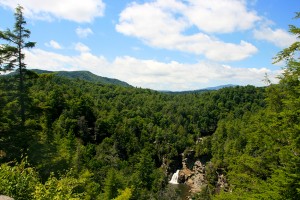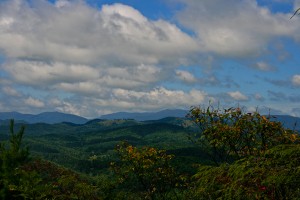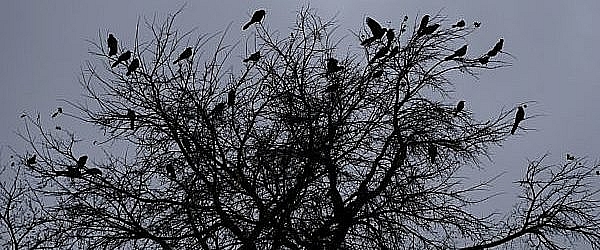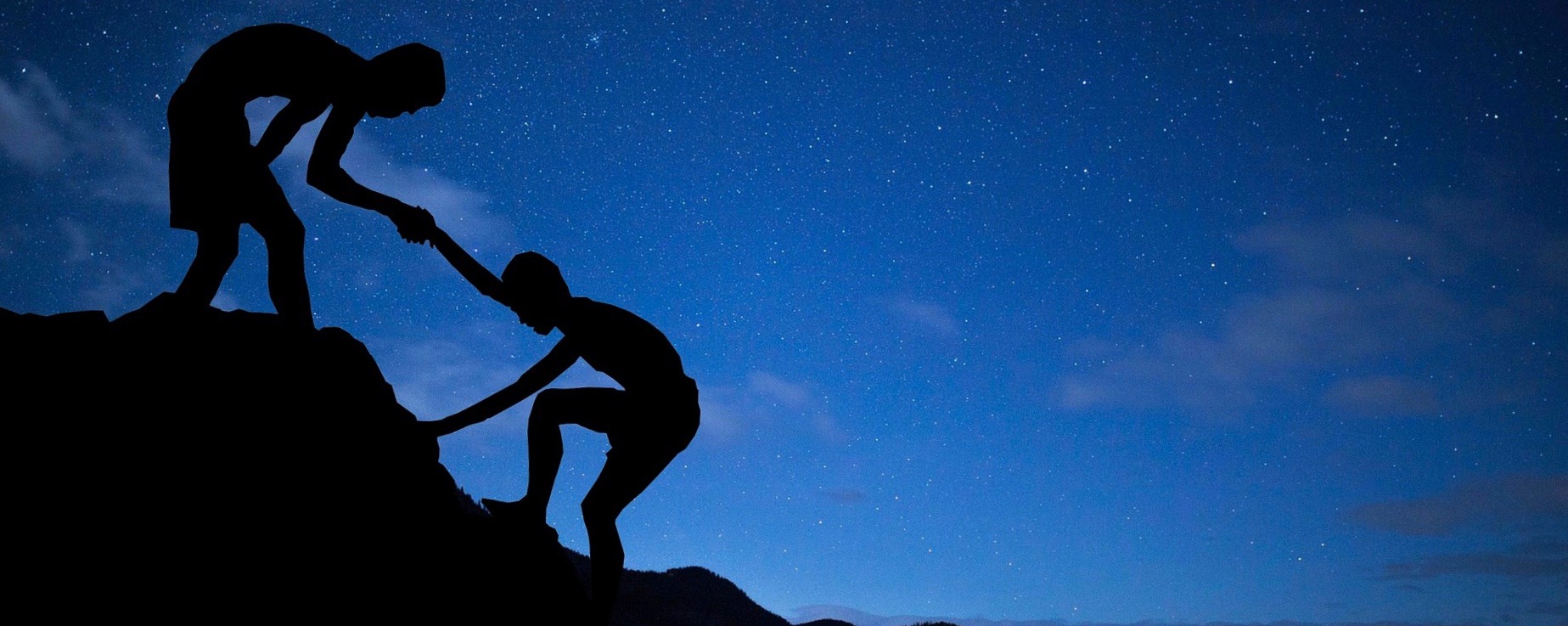
“Geography is simply a visible form of theology.”
– Jon D. Levenson
I’m traveling this week through the Appalachian and Blue Ridge Mountains of eastern Tennessee and western North Carolina. At the same time, I’m reading my new friend Belden Lane’s book (The Solace of Fierce Landscapes: Exploring Desert and Mountain Spirituality [Oxford Press]) on the power of landscape in our spiritual lives. Belden’s book takes an especially close look at the rough and barren landscapes of the American southwest and Israel. He is drawn to these mountains and deserts (the word toou in the Coptic language stands for both mountains and deserts, I learned) just as the early church desert fathers drew inspiration from the via negativa, the negative or opposite way of thinking that uses no analogies for God since they are all “ultimately inadequate.”
In the negative space of the deserts and mountains, we come to find God and ourselves for what God and we are not. Belden writes: “Only at the periphery of our lives, where we and our understanding of God alike are undone, can we understand bewilderment as occasioning another way of knowing.”
It’s a beautiful, insightful, ancient way of thinking about God, and I have felt that sense of nothingness and yet everything important standing among the red rocks and dry earth of Sedona, Arizona. And yet, here I stand in the opposite of all that, in the resplendent and verdant ridges and valleys of the Appalachians. So where is God in all this green and fecundity, in these rivers and streams and orchards and fields? God is here, too, of course.
Belden’s book and his other writings have opened my eyes to the role that landscape plays in our spiritual lives, in the ways that we see and sense the sacred all around us. Again, he writes: “[Landscape] plays a central role in constructing human subjectivity, including the way one envisions the holy. The place where we live tells us who we are — how we relate to other people, to the larger world around us, even to God.”

I don’t live here — I’m just visiting for a week — and yet this larger world around me is so big that I cannot take it all in, cannot begin to fathom the Creator and the extent of the creation. And yet I know it to be true, feel it to be truth at the center of my being. I need this landscape like I need the air that I breathe, like I need sacred scripture and the community of others and the bread and wine offered on the table of thanksgiving.
There’s nothing magical about these mountains, just as there is nothing magical in the toou of Belden’s book. We find God when we open ourselves to God, in that place where we allow ourselves to be empty enough to allow God to enter and be present. God, as Belden writes, “cannot be had.” And as the unknown author of the Cloud of Unknowing once wrote: “God is a desert to be entered and loved, never an object to be grasped or understood.”
Wherever we are, whatever our landscape, at our core we must not be possessors of God and faith but rather empty vessels, ready to receive the flowing love of an incomprehensible God.
Ask yourself in silence: What landscape speaks to me of God? Why?




2 comments On Today’s Word: Landscape
I’m glad to hear that you’re enjoying your time with your family and the Lord in the natural beauty of NC. I feel much the same way about my visits to Yosemite growing up in California. Away from all of the bustle and hurriedness of city life, I always felt that I could hear more clearly the Lord within me, when I surrounded by the beauty of his creation. At the same time, it’s heartening to remember that we always have the Lord within us – no matter what landscape we are in. Thanks & Peace!
Thanks, Frank. It’s a great time away…